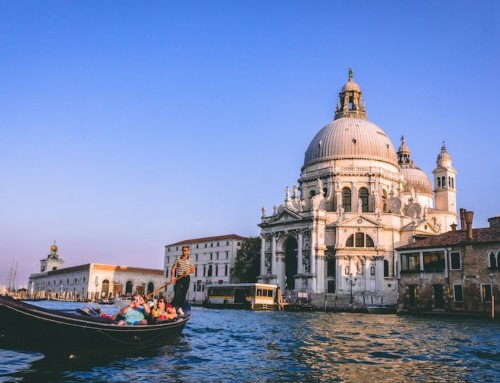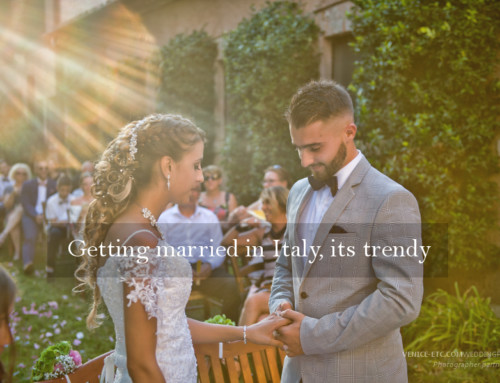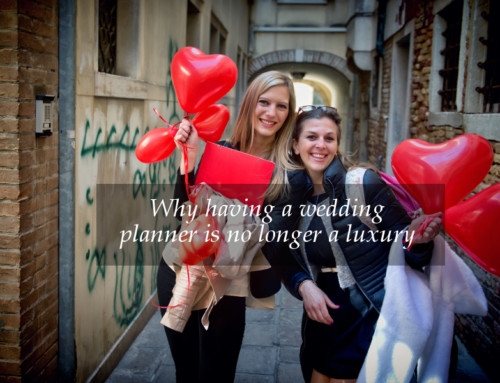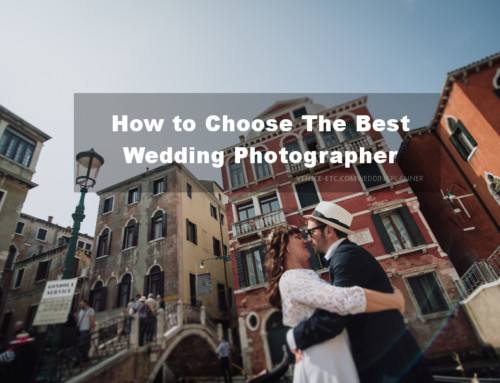The Horses of St. Mark’s are the only exemple of quadriga, a team of 4 horses, to have survived from the antiquity.
Author=”Panorama Italia”. See on www.panoramitalia.com
Venetian streets are filled with historic mementos that are a testament to its status as one of Italy’s most remarkable cities. Each artistic wonder and long-standing tradition comes with a story imbued with the triumph and passion that continue to entice tourists to this maritime republic. –
Venetian masks
“Man is least himself when he talks in his own person. Give him a mask and he will tell you the truth.” – Oscar Wilde. From the thirteenth century until 1797, the tradition of Venetian masks reflected Wilde’s notion of concealed identity. During this period, the Veneto Republic upheld its reputation as one of the wealthiest regions in Italy. Venetian masks were luxuries that allowed citizens to choose their own identities, despite their social standings.
The Horses of St. Mark
Made of gilded copper, the Horses of St. Mark, also called the Quadriga, stand tall atop San Marco Basilica. Acquired by the Republic of Venice in 1204 after Western European armies ransacked Constantinople, the four life-sized horses are constant reminders of Venice’s global connections. “To me, the horses are both a symbol of Venice and of the violence of history,” says Pietro Giordan, Chair of the Department of Languages, Literature and Linguistics at York University. “Since Venice played the role of cultural bridge between Europe and the Middle East, the horses represent that kind of (close) otherness that played such an important role in the construction of Venetian culture.”
And part of this culture remains within the transient history of the Quadriga; the horses were taken to Paris from Venice under Napoleon’s reign, and then repatriated to Italy in 1815. From the First World War to the next, the horses were protected in various parts of Italy until they were permanently placed in the museum of San Marco Basilica for conservation. Since 1977, replicas of the Quadriga have replaced the originals atop the Basilica.
The Winged Lion of Venice
The Winged Lion of Venice honours the city’s Patron Saint, Mark the Evangelist. Legend holds that Venetian merchants stole the body of the apostle Mark from Egypt, and on their return home, St. Mark himself appeared to the captain and saved the merchants from a vicious storm. In thanks for this miraculous rescue, the city bestowed St. Mark as Venice’s patron saint. An alternative legend tells of an angel who appeared in one of St. Mark’s dreams, indicating that one day, Venice would become his resting place. Despite contentious beliefs, the emblematic Winged Lion is a ubiquitous reminder of St. Mark’s role as protector of Venice.
Beyond the legends ass iated with religion, there are also other societal and political motivations for the famous statue, according to Dr. Sarah Rolfe Prodan, Fellow at the Centre for Renaissance and Restoration at the University of Toronto. “The lion came to symbolize authority and the political ascendancy of Venice’s expanding dominion over the Italian mainland. By the fourteenth century, Venice had grown to be a powerful maritime republic.”
See on www.panoramitalia.com








Leave A Comment